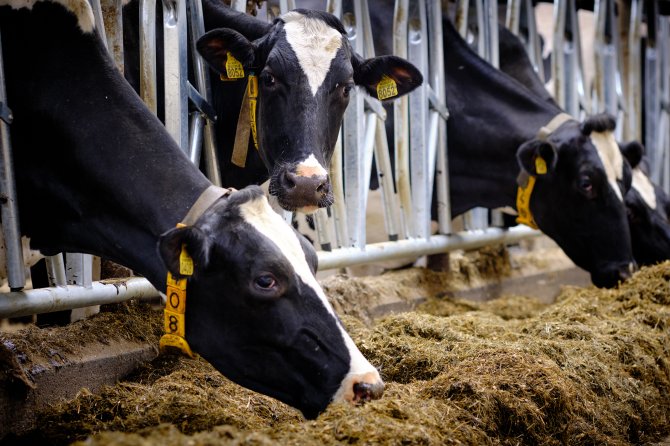



EU farm income increases over last decade, but the gains aren't evenly spread
Between 2007 and 2018, the average farm income in the EU grew, reaching €35,300 per farm and €22,500 per annual working unit in 2018. However, significant differences can be observed across the EU and based on types of farming, sex, age and level of training of farm holders and managers.
Those are among the key findings of the "EU Farm economics overview" report published by the European Commission.
The EU farm economics overview report provides an overview of key economic developments in European agricultural holdings up to 2018, based on data collected for the farm accountancy data network (FADN). The analysed period covers data from 2007 to 2018.
An increase in the value of agricultural output, both for crops and livestock production respectively by 34% and 36%, has led to a farm income increase over the analysed period. In terms of income per annual working unit, the highest average income was recorded in 2018 at €22,500, a slight increase of 0.3% compared to 2017 and 41% higher than in 2007.
Regarding income differences across the EU, the highest income per annual work unit (AWU) was in the North-West of the EU while the lowest in the Eastern part. Farms specialising in granivores, wine, horticulture and dairy had an income per AWU above the EU average in 2018. In contrast, it remained below average for permanent crop farms (excluding wine producers), farms specialising in grazing livestock (excluding dairy) and mixed farms.

The analysis also found that on average, farms run by women had a lower income per AWU (38% lower than those run by men). This also depends on the type of farming and farm size. For example, women run on average smaller farms, in terms of both size and output. The income gap by sex concerns all types of farming, with the biggest gap observed in dairy and fieldcrop.
In terms of age at EU level, farms run by managers 40 years old or younger have the lowest income on average, followed by managers above 60. However, for a vast majority of EU countries, farms run by managers above 60 have the lowest income. This difference at national level is mainly due to the fact that the majority of EU young farmers are in countries with lower than average income levels. For example, 47% of young farmers represented in the FADN are located in Poland and Romania.
Finally, farms run by managers with basic or full agricultural training have higher income per AWU (+59%) than those with managers that have only practical experience. This applies to almost all EU countries, types of farming and farm sizes at EU level.


